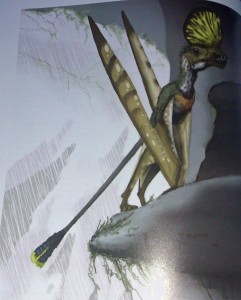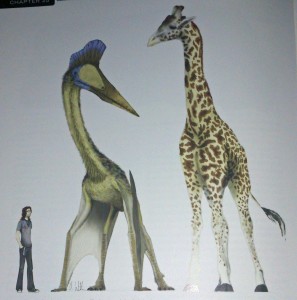Originally published on Blogcritics
How does a hedgehog give birth, given that the babies are born already with spines? The kind of question that mightn’t regularly pop into your head, but certain one that sticks there when you think about it.
The answer is that the babies are born swollen with fluid, so the prickles are beneath the surface of the skin. After birth, the fluid is absorbed and the prickles (which are evolutionarily speaking modified hair) emerge.
That’s one of the many fascinating facts that I learnt from A Prickly Affair: My Life with Hedgehogs by Hugh Warwick, a man who clearly doesn’t only live and breathe hedgehogs, but has certainly spent a lot of wet, cold English nights tracking them around the countryside.
I learnt that their ancestor is thought to have emerged in Asia during the Eocene, although there are ancestors dating back 70 million years, into the dinosaur age. In Britain we have Erinaceus europaeus, the western European hedgehog, although there’s species distributed throughout Eurasia, and down through North Africa.
They’re closely related to shrews and voles, being predominately insectivorous (Hugh watches one consume a large juice slug, having first wiped much of its slime off on a handy road surface – although it still chews a strong tasting leaf afterwards, presumably to cleanse its palate), unlike the American porcupine, which is a rodent. (And of course the Australian echidna, which is a marsupial.)
But this book is far from a collection of facts about hedgehogs. What it is mostly is a exploration of the author’s relationship with hedgehogs, and his meetings with some of the many people obsessed with them. (No wonder they’ve just been voted Britain’s national animal.)
We watch Hugh’s relationship with them and love of them develop as he takes on jobs tracking individuals around the countryside – primarily on projects to see how rescued ones fare when released back into the wild. Against all the rules, he develops, entirely understandably, a personal relationship with his subjects, giving them names and admiring their individual characters. (Although I suspect he’s wrong when he says voles and shrews aren’t similarly complex – look at them in the same detail I think you’d find the same complexity.)



 About
About